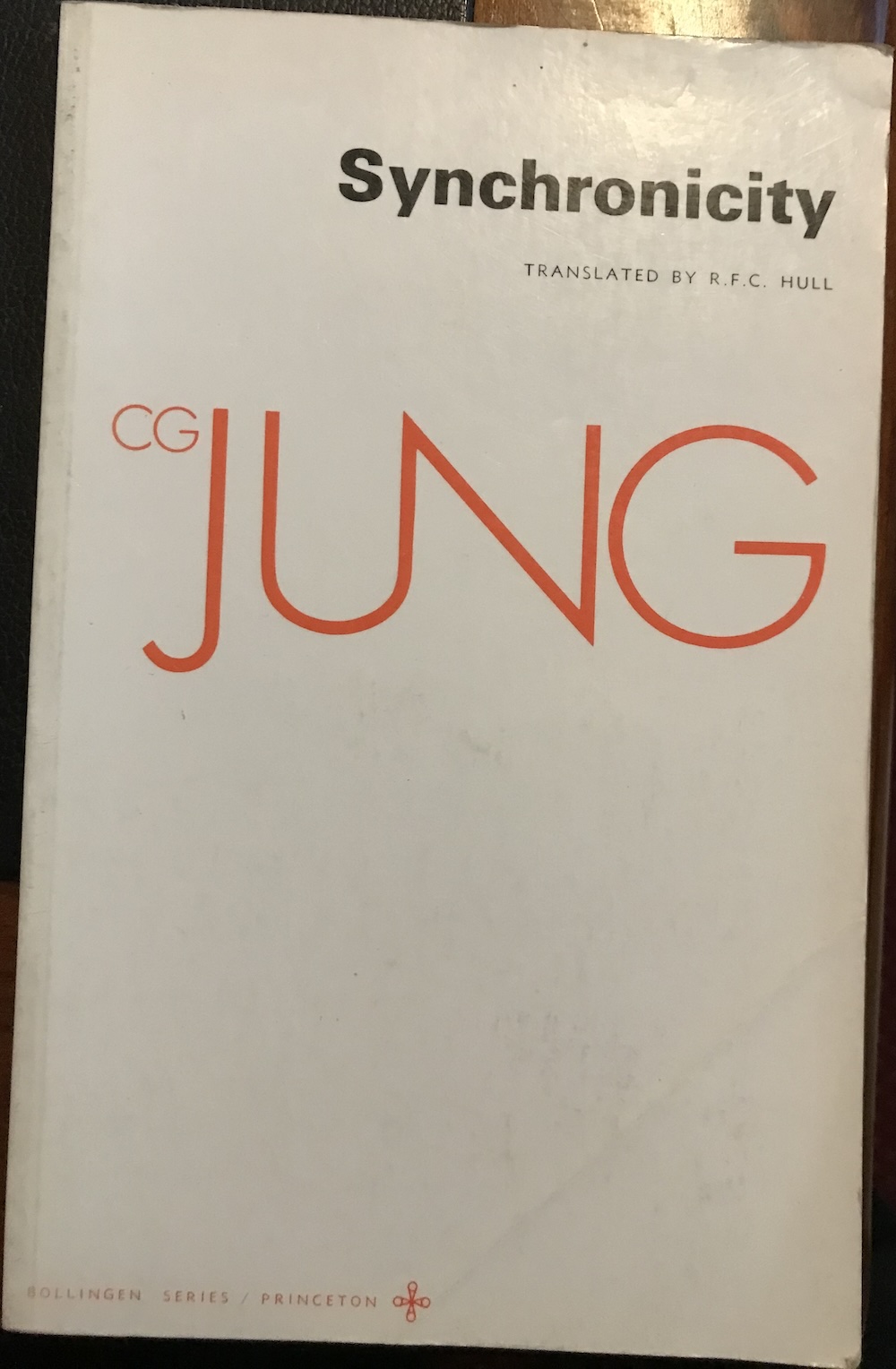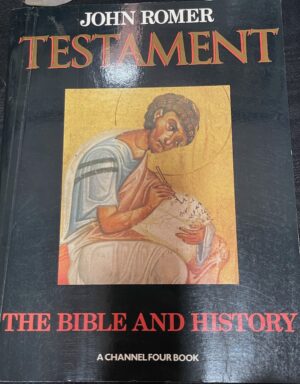Synchronicity: An Acausal Connecting Principle
By Carl Jung
$9.00
Jung’s only extended work in the field of parapsychology aims, on the one hand, to incorporate the findings of “extrasensory perception” (ESP) research into a general scientific point of view and, on the other, to ascertain the nature of the psychic factor in such phenomena.
While he had advanced the “synchronicity” hypothesis as early as the 1920s, Jung gave a full statement only in 1951, in an Eranos lecture; the following year (he was seventy-seven) he published the present monograph in a volume with a related study by the physicist (and Nobel winner) Wolfgang Pauli. Together with a wealth of historical and contemporary material on “synchronicity,” Jung describes an astrological experiment conducted to test his theory.
“The concept of synchronicity indicates a meaningful coincidence of two or more events, where something other than the probability of chance is involved. Chance is a statistical concept which ‘explains’ deviations within certain patterns of probability. Synchronicity elucidates meaningful arrangements and coincidence which somehow go beyond the calculations of probability. Pre-cognition, clairvoyance, telepathy, etc. are phenomena which are inexplicable through chance, but become empirically intelligible through the employment of the principle of synchronicity, which suggests a kind of harmony at work in the interrelation of both psychic and physical events.”
—The Journal of Religious Thought
Dang! We just sold this one. If you would like to be notified if we rescue another copy, please sign up for secondhand book notifications.





